Documentation
Use this document as a way to quickly get started with LinkGrid
1. LinkGrid in a Nutshell
LinkGrid is a simple yet powerful grid visualization that offers a comprehensive overview of your Jira dependencies a glance.
Issues are displayed as cards and grouped in a nested matrix according to the Jira fields selected. The cards are connected by labeld lines representing issue links.
2. Starting LinkGrid
LinkGrid can be obtained through the Atlassian Marketplace. Once the app is installed, navigate to the "Apps" menu in the Jira main navigation header. LinkGrid will be displayed as shown below.
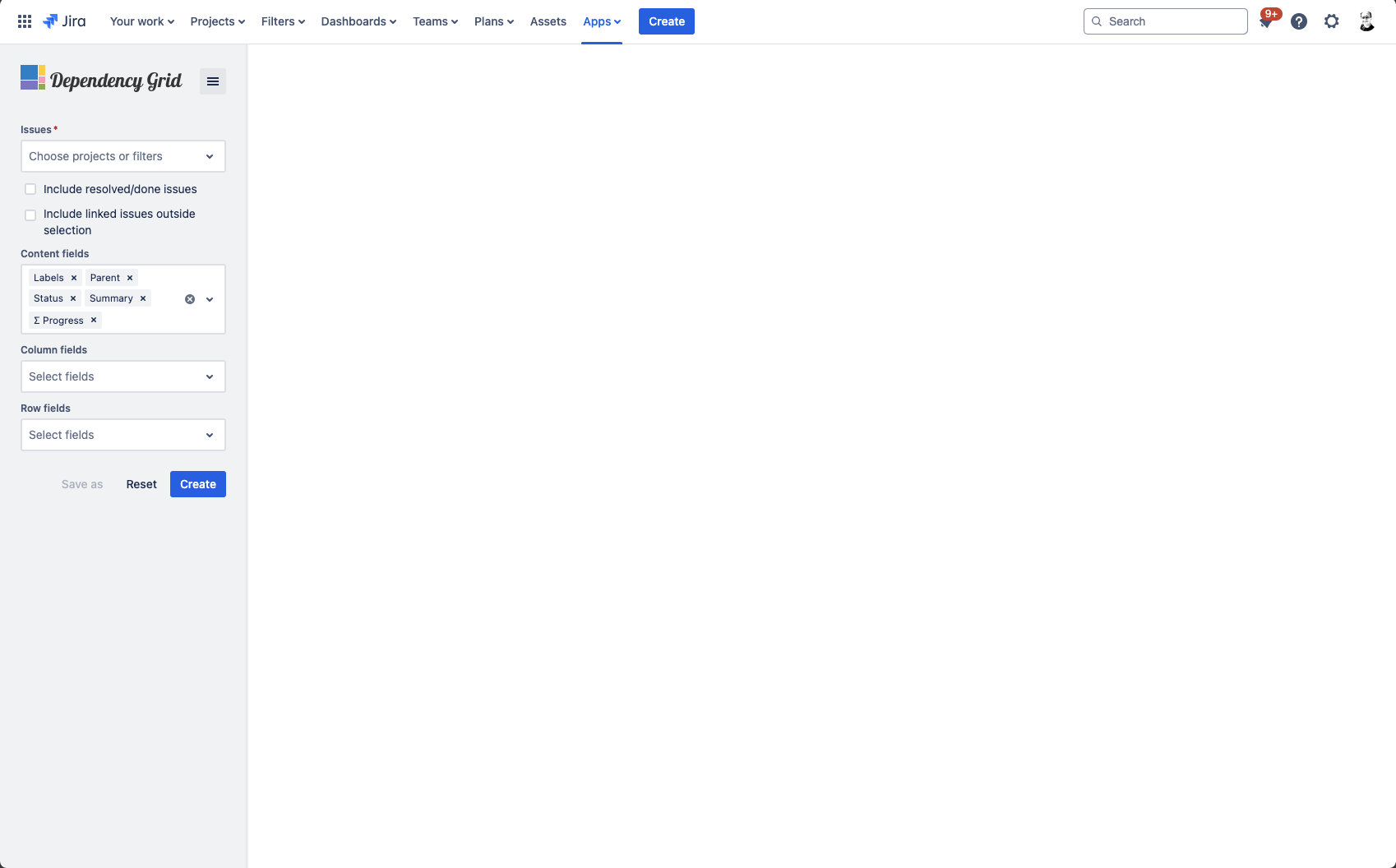
LinkGrid supports theming. When switching between themes, such as from light to dark mode, please note that a page reload may be required.
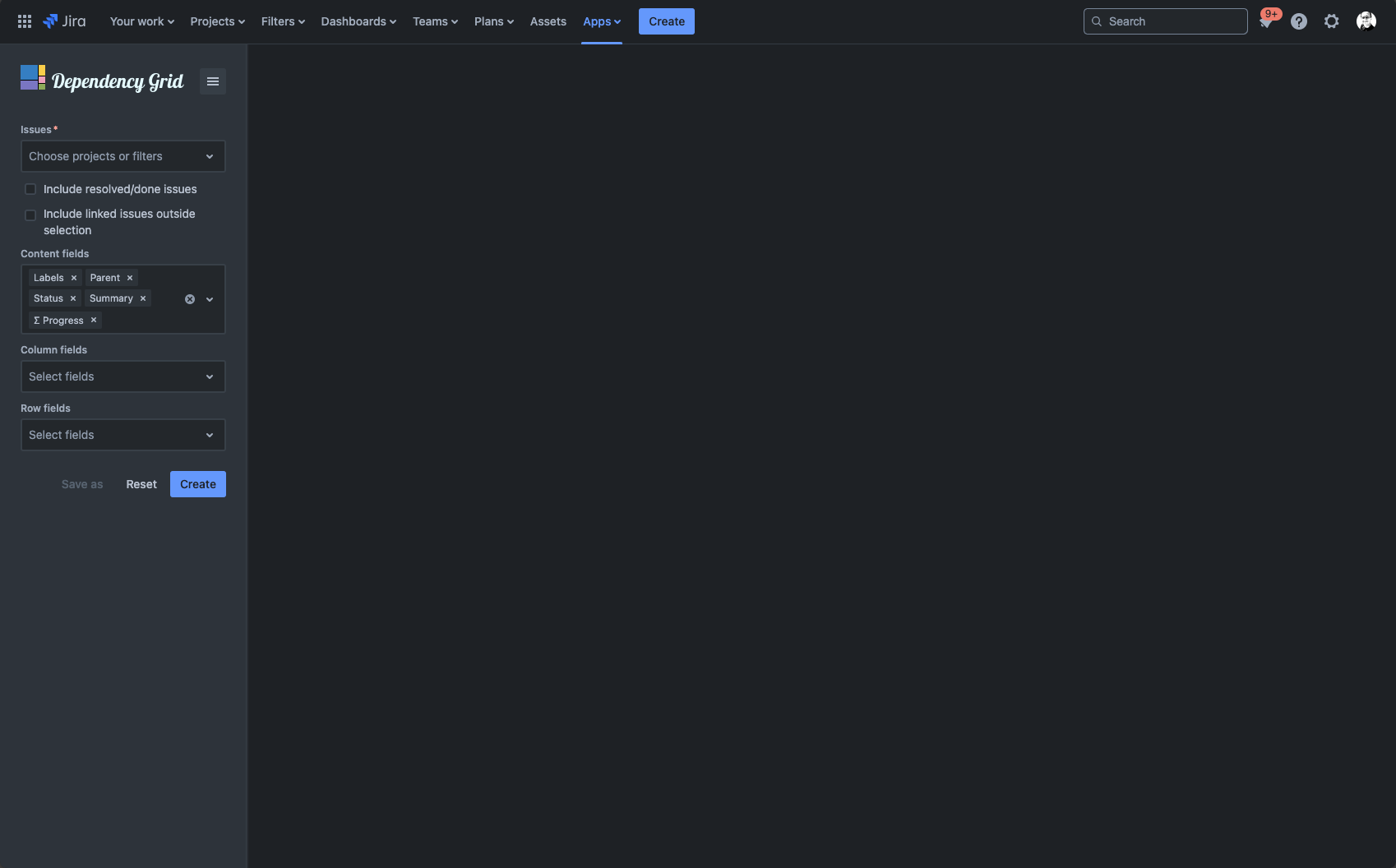
3. Input Options
Fill out the form in the sidebar to create the visualization.Issues
Select one or more Jira projects and/or custom filters to visualize the issues. By default, resolved or done issues are ignored. To include them, check the "Include resolved/done issues" option.
Checking the second options includes issues which are not in scope of the selected projects and filters but are linked to from in-scope issues.
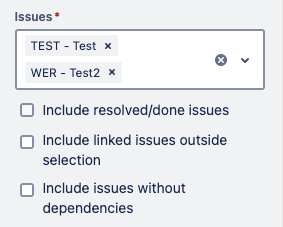
Content fields
Select which Jira fields to display on the card layout. Some issue values are automatically included in the content.
By default, the card layout display all selected Jira fields. However, when zooming out, the cards' size is decreased, only showing as many issue details from the content selection as can fit into the available box space. To reveal more information, zoom in.
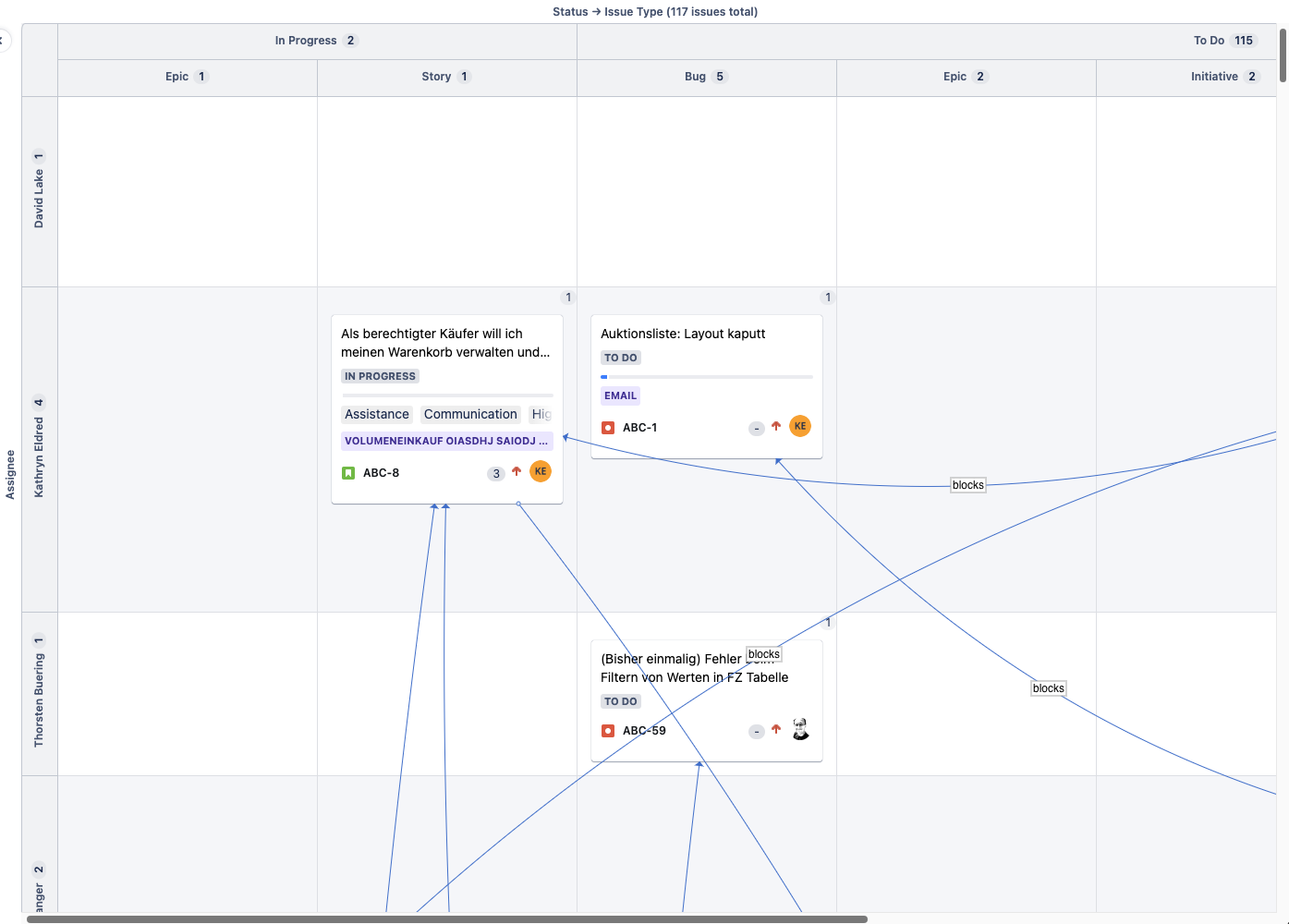

Tooltip
Hovering over cards, links and table headers reveals a tooltip that displays relevant information.
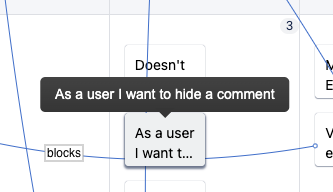
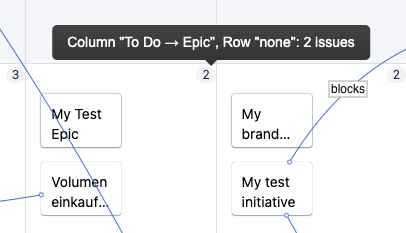


Column fields
Select 1 to multiple Jira fields that create a tree-like header of nested value categories for the table columns. The nesting follows the order in which the Jira fields are selected. A summary of the column fields along with the total number of retrieved issues is displayed above the grid.
In the table header, for each column the number of contained issues is displayed as a badge next to the column label.
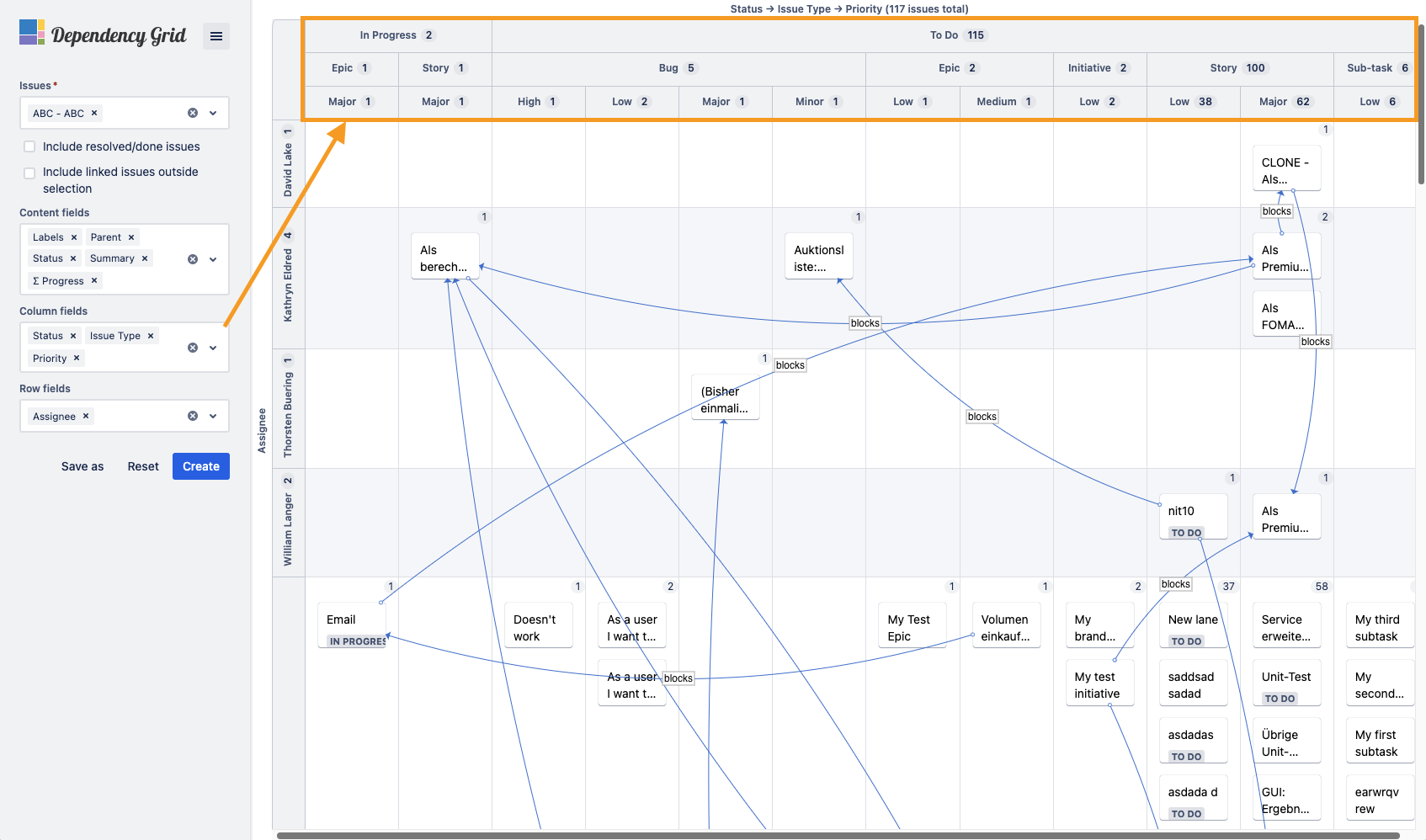
Row fields
Optionally, and analog to the Column fields, select one or more Jira fields for the table rows.

4. Interaction
LinkGrid comes with multiple ways to deep dive into your data space:
- To zoom: press and hold the alt key (Windows) / the option key (Mac) while scrolling with your trackpad or mouse
- Double-click an issue to open and edit it in a modal view. The card representation will be updated upon closing the modal.
- Double-click on a link to automatically scroll to a connected off-screen issue. If both linked issues are off-screen, the app scrolls to the target of the link.
- Next to horizontal and vertical scrolling you can also move the table content by dragging it with the mouse
5. Configurations
To save a configuration, click the save button and give it a name. All your configurations are listed in the menu dropdown. Select a configuration from the list to load it into the form.

Click the star icon button next to the configuration name on the form to have it loaded by default. Use the save-as option from the split-button menu to save the current configuration under another name. To delete a configuration, first load it into the form, then select the delete option from the split-button menu.

Missing a feature or encountered a bug? Just let us know! We are curious to learn how you use the app and what could be improved.